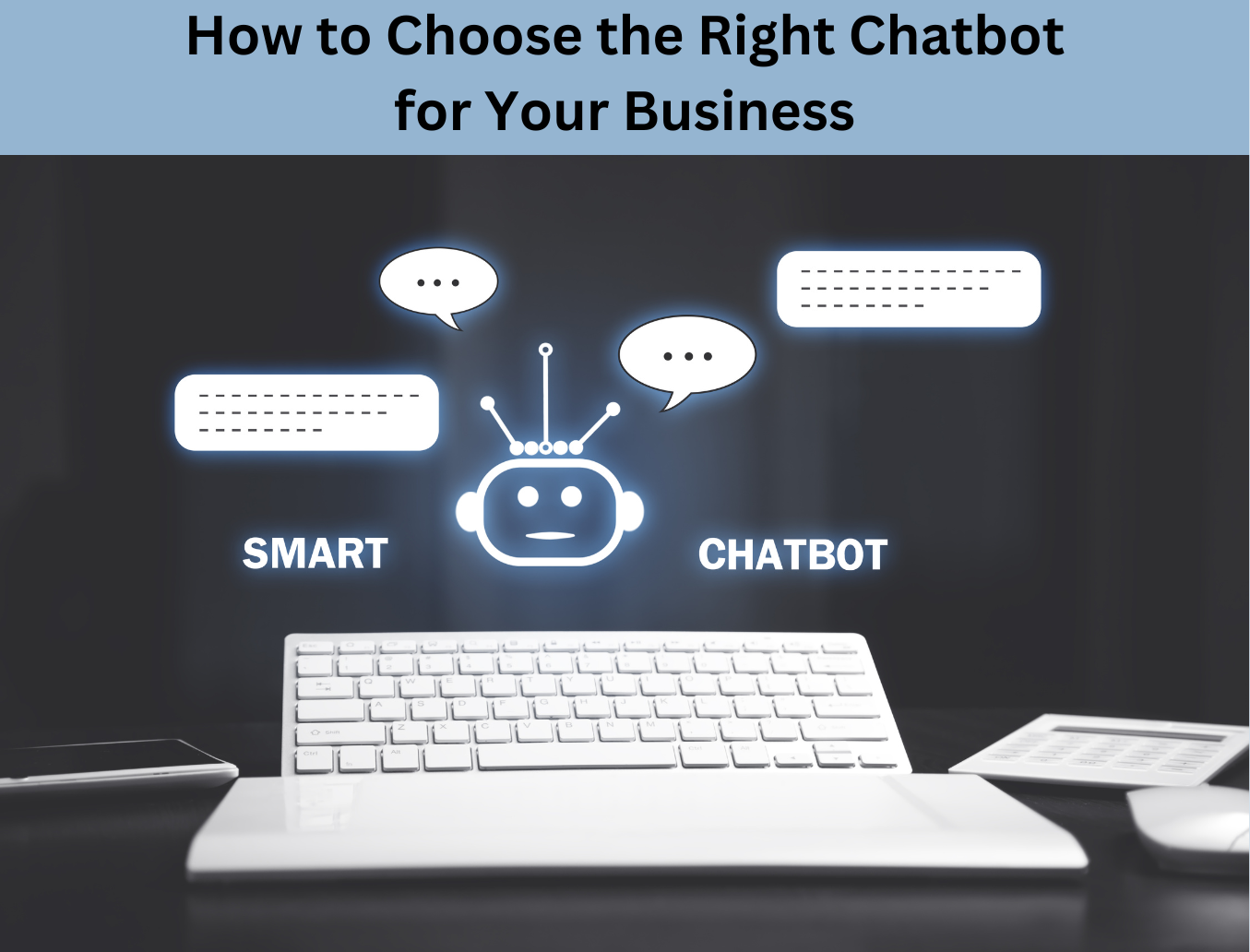
How to Choose the Right Chatbot for Your Business
In the ever-shifting and growing digital world, more and more companies are looking at the possibility of using chatbots to improve user interactions and processes and provide 24/7 support. Choosing the right chatbot for your organization is a potentially decisive step that will influence your company’s communication with customers and productivity levels. This complete buyer’s guide will discuss some factors to help you make the best selection for an electric scooter.
1. Ideas and Characteristics to bear in mind While Choosing the Chatbot
When choosing a chatbot solution it is important to discuss the characteristics that will fit the company’s goals and objectives. Here are some pivotal features to consider:
- Advanced Natural Language Processing (NLP): The best NLP-equipped chatbot can mimic the human understanding of the language used by the customers, thus enabling businesses to engage customers in a more meaningful manner.
- Multilingual Support: If your business targets a broad audience, a multilingual chatbot not only makes the client feel comfortable but also makes the interaction process more advanced.
- Omnichannel Integration: The possibility to smoothly connect with different communication channels like WhatsApp, Facebook Messenger, your website, etc. guarantees continual consumer engagement across channels.
- Customization and Branding: A chatbot that you can program in a way whereby you can put your organization’s brand, especially in terms of looks and the type of answers it gives will help the organization gain much trust from its clients.
- Backend Integration: Make sure the chatbot can interface with your organization’s systems including the CRM and databases so that you have an option to make interactions rich with the context of the customer.
- Scalability: In the future, as business continues to progress the chatbot should be able to support the increased interactions without deteriorating the quality.
2. Chatbot platforms and tools assessment
Many companies provide a variety of chatbot platforms on the market, which differ in terms of available features. To identify the most suitable one for your business, consider the following steps:
- Define Your Objectives: Be precise about what you want to accomplish with the chatbot for instance, do you want it to provide a better customer experience, acquire leads, or address basic business tasks?
- Research and Compare Platforms: Research features of respective platforms, how easy it is to use them if they can be integrated with other systems, and what users have to say about them. Such matrices like the Chatbot Platform Comparison by Chatimize may be useful in this process.
- Assess AI Capabilities: Assess the extent of AI integration and the application of context scanning, search work, and interaction analysis.
- Consider Customization Options: Find out how versatile the platform is about customizing the chatbot to suit your business needs and brand identity.
- Review Support and Resources: Choose those solutions that are backed by highly competent customer care, comprehensive materials, and a rich user base in case you run into hitches during or after installation.
3. Chatbot Implementation Decision Checklist & Cost Considerations
For any chatbot, several expenses go far beyond the initial setup fees. Consider the following financial aspects:
- Initial Development Costs: The cost, it should be noted, varies and can be relatively low (for simple and small chatbots) to significant (for large and complex ones).
- Subscription Fees: Most of the platforms are based on fees and include several packages depending on the capabilities of the application or the number of activities that the user is allowed to perform.
- Maintenance and Updates: Some of these costs will be recurring, for example, maintenance costs, software updates, and perhaps more expenses due to expansion as your business expands.
- Return on Investment (ROI): Discuss how the chatbot is going to generate corporate revenue or help to cut expenses, to justify the costs incurred.
4. User Experience: What Customers Prefer
The performance of a chatbot depends on the kind of experience the user has in interacting with the tool. Consider the following factors to meet customer expectations:
- Responsiveness: Due to the conversational model, customers need some answers to their questions at once, so the chatbot must be efficient and accurate.
- Human-Like Interactions: A chatbot with the ability to mimic different human ways of conversation can increase user’s trust and overall satisfaction.
- Seamless Escalation: Make sure the visitors do not get lost when having to switch from interacting with a chatbot to actual human representatives.
- Accessibility: The chatbot should be in easy-to-use devices and platforms and should capture a very wide market reach.
5. Chatbots and the integration of these tools with other systems
For a chatbot to function effectively within your business ecosystem, integration with existing systems is crucial:
- CRM Integration: Integrating the chatbot into your Customer Relationship Management (CRM) system allows for past and present communication between the customer and the business.
- Data Security Compliance: Make certain the chatbot meets the regulation of data protection for the sake of protecting the customer’s details.
- Workflow Automation: Interaction with internal operations may involve scheduling of appointments, ordering, and information acquisition thus improving performance.
- Analytics and Reporting: The compatibility with analytics tools enables the monitoring of performance and the gathering of insight and data-driven decision making.

